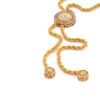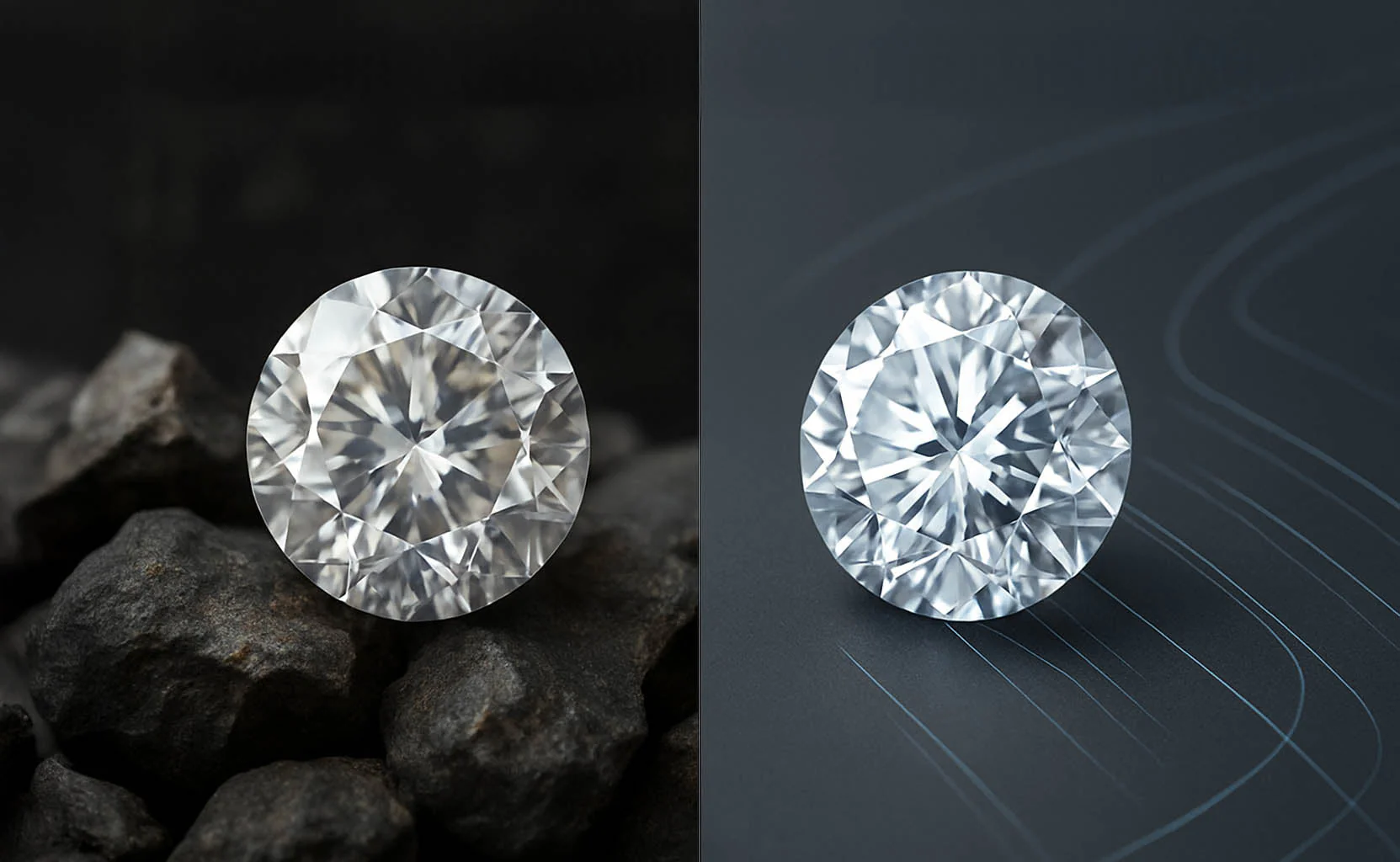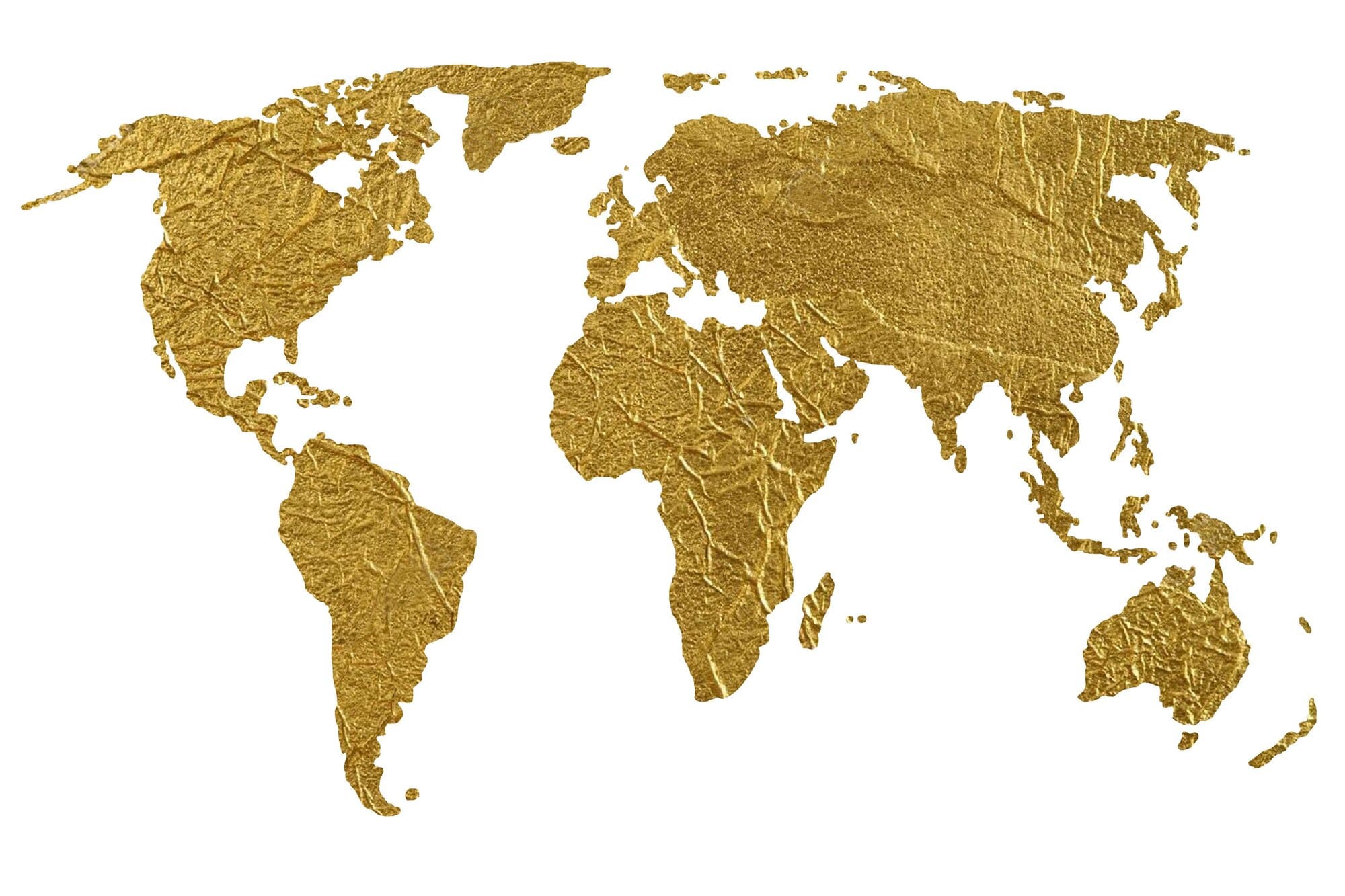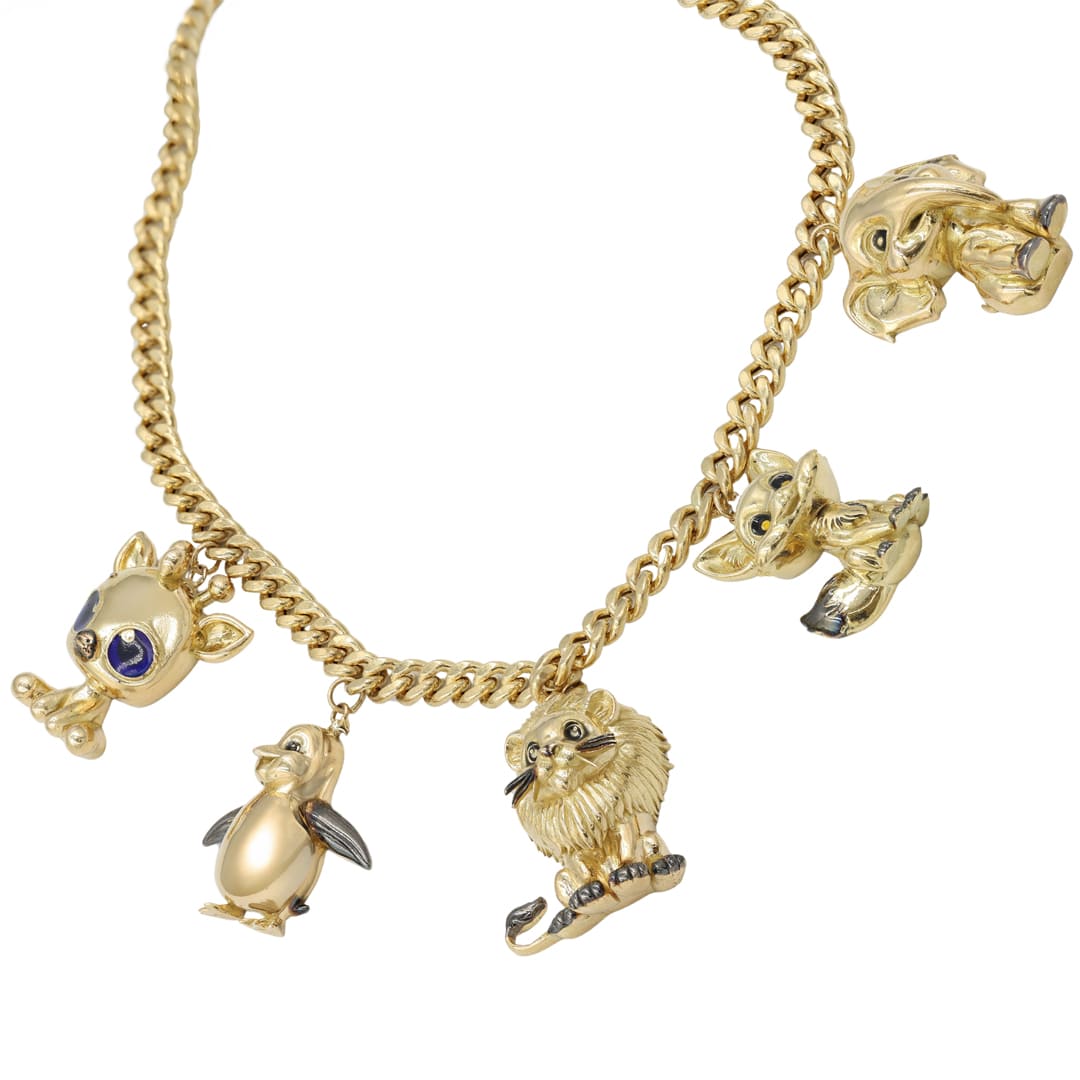
The Glittering Legacy: The Impact of Gold on the MENA Region
Gold has held a special place in human history for millennia. It has been a symbol of wealth, power, and beauty across cultures and civilizations. In the Middle East and North Africa (MENA) region, gold’s influence extends deep into the past, shaping economies, cultures, and societies. In this article, we will explore the multifaceted impact of gold on the MENA region, from its historical significance to its contemporary role in the region’s economies and cultures.
Historical Significance
1. Ancient Civilizations:
Gold mining and trading have roots dating back to ancient civilizations such as the Pharaohs of Egypt, Sumerians, and Assyrians. Gold artifacts, jewelry, and even tombs decorated with gold have been unearthed, highlighting its esteemed role in these societies.
2. Trade and Wealth:
The Silk Road and other trade routes facilitated the exchange of gold, leading to prosperous cities and economic growth in the MENA region. Gold was a form of currency, uniting diverse cultures through commerce.
Cultural Significance
1. Jewelry and Adornment:
Gold has been a symbol of beauty and status in the MENA region. Elaborate gold jewelry, often passed down through generations, is worn during special occasions and celebrations. It signifies wealth and heritage.
2. Traditional Crafts:
Skilled artisans in the region have crafted intricate gold jewelry and ornaments for centuries. These crafts, such as filigree work and intricate goldsmithing, have been passed down as valuable traditions.
Economic Impact
1. Resource Wealth:
Some MENA countries are blessed with substantial gold reserves. Gold mining operations have boosted local economies, providing employment and revenue. Countries like Saudi Arabia and Sudan are known for their gold mining activities.
2. Trade and Investment:
The MENA region is a significant player in the global gold market. Nations like the UAE and Turkey have established themselves as major hubs for the gold trade, attracting international investors and traders.
Contemporary Impact
1. Financial Stability:
In times of economic uncertainty, gold has maintained its reputation as a safe-haven asset. Many investors in the MENA region turn to gold as a hedge against inflation and currency fluctuations.
2. Jewelry Market:
The region’s demand for gold jewelry remains strong. Middle Eastern consumers have a preference for high-quality gold jewelry, driving the market for craftsmanship and design innovation.
3. Islamic Finance:
Sharia-compliant finance principles have led to the development of Islamic gold products like gold-backed Sukuk bonds and gold savings accounts. This aligns with the cultural and religious values of many in the MENA region.
Gold has left an indelible mark on the MENA region, both historically and in the modern era. Its role as a symbol of wealth, culture, and economic strength continues to shape the lives of people in the region. From the grandeur of ancient civilizations to the bustling gold markets of today, the allure of gold remains as vibrant as ever, reflecting its timeless and enduring impact on the Middle East and North Africa.







Add comment